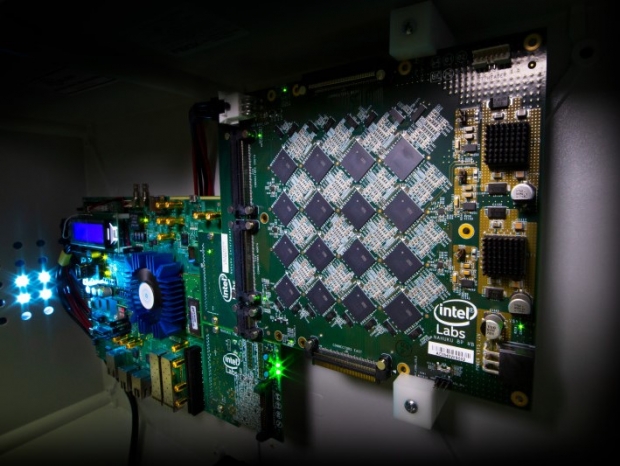Intel Labs managing director Rich Uhlig said Pohoiki Beach would be made available to 60 research partners to "advance the field" and scale up AI algorithms like spare coding and path planning.
The hardware is impressive - Pohoiki Beach packs 64 128-core, 14-nanometer Loihi neuromorphic chips.
They have a 660-millimetre die size and contain over two billion transistors, 130,000 artificial neurons, and 130 million synapses.
There are three managing Lakemont cores set aside for task orchestration.
Loihi features a programmable microcode learning engine for on-chip training of asynchronous spiking neural networks (SNNs) -- AI models that incorporate time into their operating model, such that components of the model don't process input data simultaneously. This will be used for the implementation of adaptive self-modifying, event-driven, and fine-grained parallel computations with high efficiency.
Rutgers' professor Konstantinos Michmizos said the Pohoiki system apparently performed just as well as GPU/CPU-based systems, while consuming a lot less power -- something that will be critical for self-contained autonomous vehicles, for instance.
" We benchmarked the Loihi-run network and found it to be equally accurate while consuming 100 times less energy than a widely used CPU-run SLAM method for mobile robots."
Intel said that the system can easily scale up to handle more complex problems and later this year, it plans to release a Pohoiki Beach system that's over ten times larger, with up to 100 million neurons.




